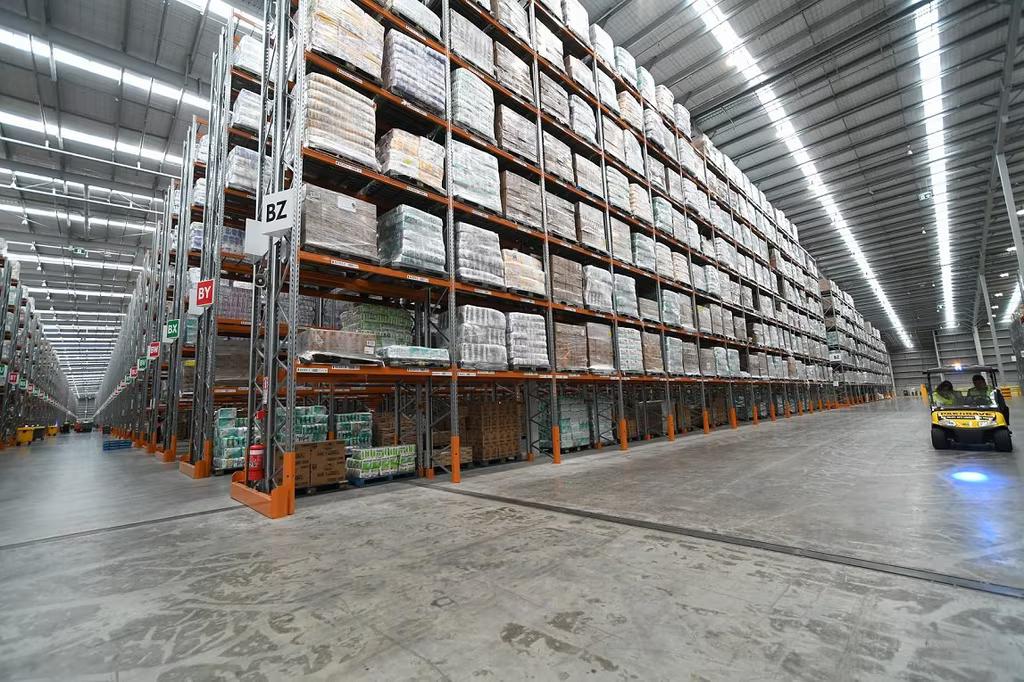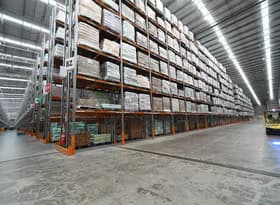
Costs from grocery suppliers to supermarkets increase 2.0%pa in April
The pace of supplier cost increases to Foodstuffs supermarkets remained steady in April, with the Infometrics-Foodstuffs New Zealand Grocery Supplier Cost Index (GSCI) showing an average 2.0% increase in what suppliers charged in April 2025, compared to a year earlier.
“This increase is the same as the result recorded in March, and is in line with expectations of broadly more settled cost trends - at least compared to recent years,” said Infometrics Chief Executive and Principal Economist Brad Olsen. “A number of key products continue to see higher supplier costs, driven by offshore demand and supply trends. Costs for domestically-produced dairy and meat are being lifted by strong international demand, which are raising export prices and influencing local prices too.”
The Infometrics-Foodstuffs New Zealand Grocery Supplier Cost Index (GSCI), commissioned by Foodstuffs New Zealand, measures the change in the list cost of grocery goods charged by suppliers to the Foodstuffs North Island and Foodstuffs South Island co-operatives. The Index utilises detailed Foodstuffs NZ data across over 60,000 products the Foodstuffs co-ops buy to stock in their 500+ stores, making it the largest dataset of its type in New Zealand, to give a real-time view on supplier cost changes.
Every month, the Index tracks what it costs supermarkets to buy the goods to put on the shelf. Previous analysis shows that supplier costs are the major component of supermarket prices, representing two-thirds of the on-shelf price.
“A number of departments saw larger annual cost increases on average in April, with butter costs increasing further and pushing costs in the chilled foods category up 3.8%pa, as higher international dairy prices raise domestic costs too,” said Mr Olsen. “General grocery department costs rose further too, up 2.2%pa, as higher coffee and chocolate costs continue due to global supply trends. Cooking oil costs showed some signs of moderating, but only slightly. Higher beef demand globally saw domestic beef costs rise in April.”
Month on month, just over 2,600 products increased in cost in April 2025 compared to March. “This monthly increase is broadly in line with the 12-month moving average, of 2,700 a month. The number of monthly cost increases has been bouncing around recently, with a lower number at the start of the year and a larger month of increases in March,” said Mr Olsen. “There are still a number of higher cost increases showing through, with 3.4% of cost changes in April being of the larger 40-80% magnitude.”
“Some input costs, including for fuel, have moderated further, but cost and price pressure concerns remain for many businesses. At present, costs are expected to increase at a higher rate than prices, but with a number of key products still rising in cost, most notably butter, the increases are set to be more noticeable.”
ENDS
Note:
The Infometrics-Foodstuffs New Zealand Grocery Supplier Cost Index (GSCI), commissioned by Foodstuffs New Zealand, measures the change in the list cost of grocery goods charged by suppliers to the Foodstuffs North and South Island cooperatives.
List cost refers to the cost suppliers charge retailers before trade spend is applied; trade spend being any form of discount provided by a supplier to allow their goods to be discounted.
The Index utilises detailed Foodstuffs NZ data, across over 60,000 products, analysed by independent economics consultancy Infometrics to produce the GSCI and publish it on a monthly basis. For more details see www.infometrics.co.nz/product/grocery-supplier-cost-index.









